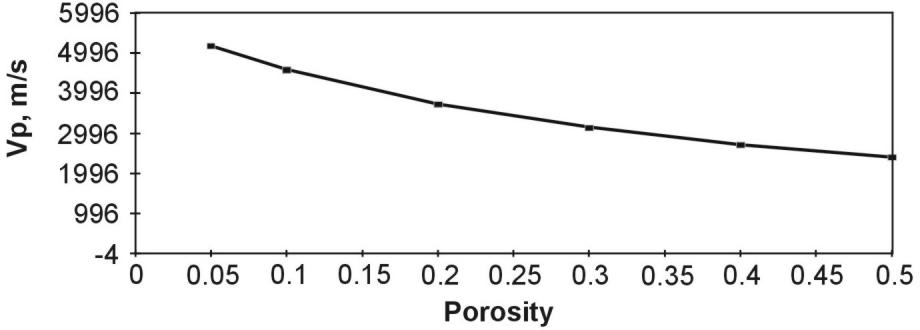Environmental Geophysics
Seismic Velocities (VS,VP)
If the ground is stressed by an explosion or a hammer blow, it generates three fundamental types of elastic waves: P (primary, push-pull) waves; S (secondary, shear) waves, and surface waves. The P and S waves propagate through the body of the earth; the surface waves can exist only close to the free surface.
Only P and S are discussed in this section. P waves are characterized by having a particle motion in the direction of propagation, whereas S waves have particle motion transverse to the direction of propagation. P waves are the faster of the two, with velocities typically 50% higher than those for associated S waves. The wave velocities Vp and Vs are related to the elastic moduli (Young's modulus (E), Poisson's ratio (n), and Bulk modulus (k)) and the density r as follows.
![]() (1)
(1)
Since liquids have no shear rigidity, shear waves cannot propagate through them. Velocities have SI units of meters per second, sometimes also expressed as kilometers per second or meters per millisecond.
The P-wave velocity of a water/competent rock mixture obeys the following relationship (Wyllie's Equation) reasonably well up to porosities (f) of 0.35.
![]() (2)
(2)
where S is the slowness (1/V), and subscripts f ,w, and m stand for formation, water, and matrix, respectively. Assuming a matrix Vp of 5,950 m/sec for sandstone, and a water velocity of 1,500 m/sec we get the porosity dependence shown in figure 1.

Figure 1. P-wave velocities as a function of porosity. Valid for competent rock only. Overestimates velocity for soft sediments.
The pages found under Properties are substantially based on a report produced by the United States Department of Transportation:
Wightman, W. E., Jalinoos, F., Sirles, P., and Hanna, K. (2003). "Application of Geophysical Methods to Highway Related Problems." Federal Highway Administration, Central Federal Lands Highway Division, Lakewood, CO, Publication No. FHWA-IF-04-021, September 2003. http://www.cflhd.gov/resources/agm/




